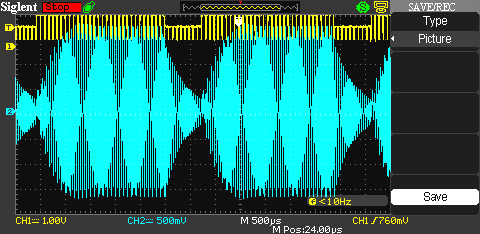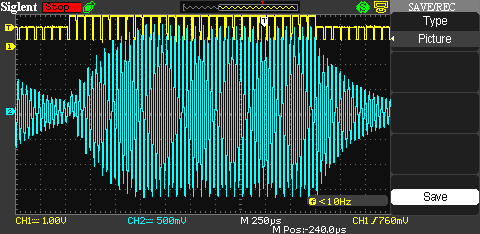Haxar,
I think your right...but the question is, how do we get that extra current flow to the cell to begin the process?
I was working on my coils earlier today trying to find a way to eliminate the SRF then it dawned on me.
Their smaller coil capacitance is producing a much higher impedance than the cell, no wonder why my circuit acts as if the cell isn't even there. The coil impedances are so high that the circuit doesn't even see the cell.
I'm starting to wonder if we can start the process the dielectric value should drop as the bubbles form....If we can get the capacitance to drop low enough it's impedance will then dominate....Still need to think this through though...it's getting late.
I think your right...but the question is, how do we get that extra current flow to the cell to begin the process?
I was working on my coils earlier today trying to find a way to eliminate the SRF then it dawned on me.
Their smaller coil capacitance is producing a much higher impedance than the cell, no wonder why my circuit acts as if the cell isn't even there. The coil impedances are so high that the circuit doesn't even see the cell.
I'm starting to wonder if we can start the process the dielectric value should drop as the bubbles form....If we can get the capacitance to drop low enough it's impedance will then dominate....Still need to think this through though...it's getting late.


